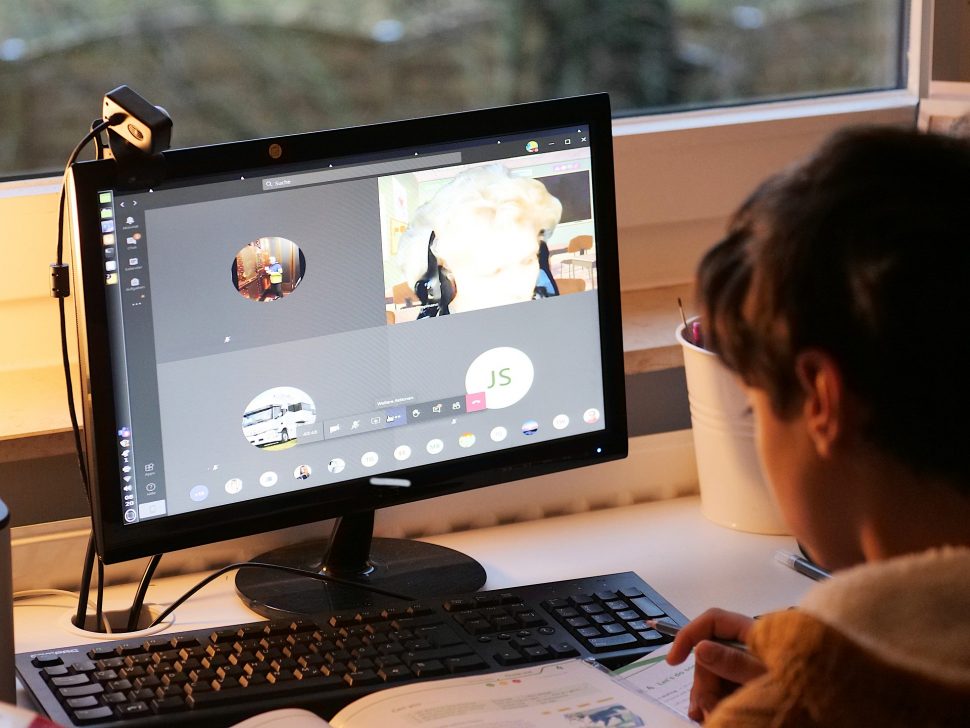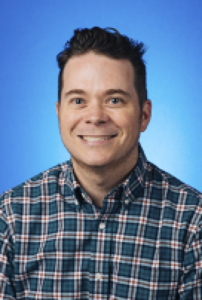Virtual Field Experience at Indiana State University: An Interview with Steve Hayden

Teaching and learning during the Covid-19 global pandemic brought many challenges, but also led to promising innovations in how we design, deliver, and support learning experiences in higher education. On May 5th 2021, The Pandemic Pedagogy Research Symposium brought together an international group of educators to discuss post-pandemic pedagogical opportunities. The conference speakers presented innovative ideas that transcend the emergency shift to remote teaching and learning into sustainable concepts.
In a series of interviews, we take a deep dive into selected pandemic pedagogies.
The Indiana State University-PATH School Partnership, born out of the pandemic, is a university-school virtual field experience. Coaching teachers guide content planning and instruction delivery through weekly meetings, two formal observations, and a culminating disposition assessment. Also, preservice teachers complete weekly reflective journals, two lesson plans, and a philosophy/diversity and inclusion statement.
For AACE Review, I talked to Steve Hayden, assistant professor at Indiana State University and one of the initiators of the ISU-PATH School Partnership.
Describe some of the teaching challenges your program faced during the pandemic.
The pandemic troubled and problematized the traditional teacher education structure. The disconnection between theory and practice was always present, but the pandemic emphasized an overreliance on face-to-face interactions and geographical convenience. Suddenly, we weren’t allowed to be in schools physically and had to pivot quickly to an online platform for university theoretical seminars. Everything changed so rapidly, and the traditional model of teacher education could not keep up. The current challenge as we go back to more face-to-face experiences is to learn from the pandemic and take it as an opportunity to grow.
Tell us more about the Indiana State University-PATH School Partnership. What was the immediate problem that it solved, and what are some of the broader effects and outcomes?
The immediate problem it solved was a lab experience, housed within the undergraduate classroom management course, without a home. Pre-pandemic, I was teaching the class on location in an empty classroom of a fully functioning elementary school (which was innovative at the time). The pandemic forced the school corporation to end this partnership, and I was left with trying to fill 30 hours of field experience for 116 preservice teachers (74 Fall 2020, 42 Spring 2021).
The ISU-PATH school partnership is a virtual lab focused on classroom management. On a broader scale, it looks to answer the question – how do we prepare teachers in the present to teach in the future? In the lab, 42 preservice teachers were grouped and assigned a coach teacher, a content area, and a grade level. The groups planned lessons and offered instructional support on Monday and Friday mornings, with a seminar on Wednesday focused on reflection, discussion, and unpacking the experience. The strongest aspects of the partnership were the building and maintaining relationships and the diversity of experience (student demographics, urban-rural education, virtual teaching)—overall challenges of the collaboration centered around stakeholder communication and technology issues.
Will you continue the virtual field experience when regular classroom teaching becomes the norm again?
Absolutely yes. Virtual teaching is here to stay in some capacity, so it would be wrong not to prepare teachers for the experience. The ISU-PATH partnership offered implications for research, policy, and practice. The lab is original/innovative and challenges mental models of what field experience should look like in practice. Following a learn-connect-grow small iterative cycle of success model, the partnership can address the big question and address teacher education structural inequities. As teacher educators, we must consider who benefits from the traditional teacher education structure, how and why – and then implement transformational change.
Do you think the pandemic has potentially improved the quality of instruction for preservice teachers in your program?
Without a doubt. In a short time, I have seen incredible growth from the preservice teachers at ISU. They are quick, flexible, and demonstrated sincere respect for the responsibility that comes with teaching kids. These students now hold 30 hours of virtual teaching before entering the final year of their learning to teach process.
How can other teacher education programs learn from your experiences?
In two ways. This takes us back to the original research question – how do we prepare teachers in the present to teach in the future? First, teacher education and teacher educators must embolden preservice teacher agency (perceptions and actions for beneficial change in self, students, structure). Teacher educators must minimize power dynamics and support preservice teachers in decision-making, exerting influence, and taking stances. And second, teacher education programs must build and maintain a healthy community. The keyword is healthy – this means honest communication and deep relationships.
Teacher education and teacher educators have a responsibility as researchers and practitioners to bridge the disconnection of theory and practice. We must learn from the pandemic. John Dewey (1936) said, “It is easier to walk in the paths that have been beaten than it is, after taking a new point of view, to work out what is practically involved in the new point of view.” It is easier to do what has always been done. Jay-Z (2001), 85 years later, rhymed, “No lie, just know I chose my own fate, I drove by the fork in the road and went straight.” Teacher education must be courageous and bold to learn from the pandemic and take a new path.
About
 I entered teaching highly motivated by the idea that a career in education allowed me the opportunity to affect change, on a grand scale, in a field needing passionate and committed professionals. Teaching sounded meaningful, rewarding, and inspirational, all the feelings missing from my previous work. It felt like me. I have never looked back. I have a Bachelors in Consumer Relations from the University of Wisconsin-Madison, a Masters in Teaching from the University of South Florida, and a Ph.D. in Teacher Education from the University of Nevada, Las Vegas. I have extensive (10+ years) teaching experience across the elementary, middle, and higher education contexts. Currently, I am an Assistant Professor at Indiana State University.
I entered teaching highly motivated by the idea that a career in education allowed me the opportunity to affect change, on a grand scale, in a field needing passionate and committed professionals. Teaching sounded meaningful, rewarding, and inspirational, all the feelings missing from my previous work. It felt like me. I have never looked back. I have a Bachelors in Consumer Relations from the University of Wisconsin-Madison, a Masters in Teaching from the University of South Florida, and a Ph.D. in Teacher Education from the University of Nevada, Las Vegas. I have extensive (10+ years) teaching experience across the elementary, middle, and higher education contexts. Currently, I am an Assistant Professor at Indiana State University.
